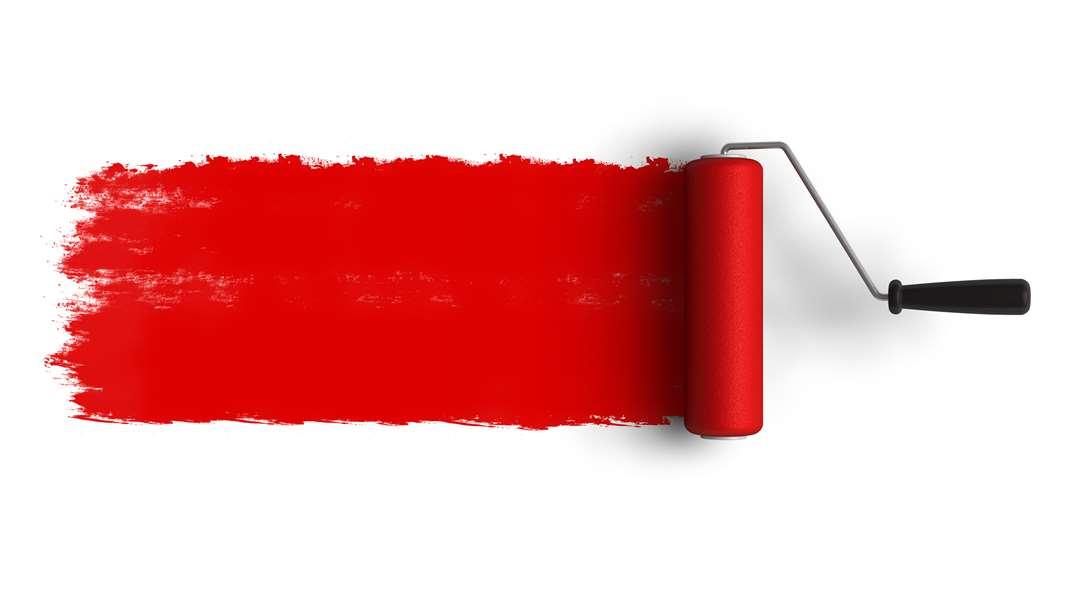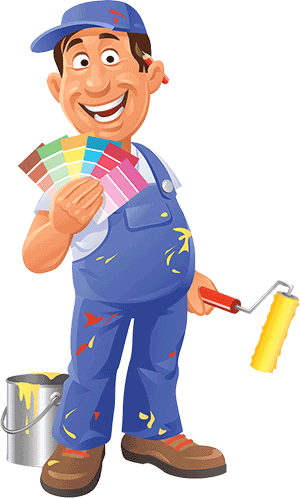We live in a colourful world. From the walls of our offices, to the exteriors of our homes; from hand-crafted toys to works of fine art, we are surrounded by paint. It’s easy to think of paint as a kind of “colour liquid” - but if it’s a liquid, why doesn’t it run off of your house? It “dries”, but when it does so, the colour is left behind. How exactly, then, does paint work?
Paints are made up of three different components: pigments, binders and solvents. Here’s what they do:
Pigments are what gives a paint it’s colour. Metal compounds are typically used as pigments, with different compounds generating different colours. Iron oxide might be used to make a paint yellow or red, and chromium oxide could be used for a green paint. Different compounds can also be added together to change the colour of your paint. Oxide pigments are particularly useful for painting stucco.
Metal compounds and most other pigments are solid, which doesn’t make them very useful for painting with. This is why paints include a binder. Binders are agents which, as the name suggests, bind the pigment particles together, though this is not their only function. They also serve as an adhesive which allows the paint to stick to the surface it’s applied on. The last function of binders is as a protective agent for the surface the paint is applied to; whether your paint is oil or acrylic, it will help protect your surface from abrasion and wear.
Mixtures that consist of solid pigments and thick, plastic-y binders are incredibly thick; it would be almost impossible to create an even coat of paint with only these two components. Solvents, the final essential component of paint, thin the mixture out. Water is known as the universal solvent, and acrylic-paints are easily thinned by adding water. Oil is not water soluble - we’ve all seen oil float on top of water - so chemical paint thinners are available as oil-paint solvents.
Additives are the final component of paint, and as the name implies, they are added to a mostly finished product. They can be used to impart particular qualities on paint; different additives may improve the stability of pigment in paint, impart it with antifreeze properties; there are even antibacterial additives.
Once the product is mixed and finished, it can be applied to the surface. Different “vehicles”, the combination of binder and solvent in a paint, are useful for different types and styles of painting. The Madani Group is your vehicle to a great new coat of paint for your house, inside and out; contact us to learn about the best paints we can use for your home.
Paints are made up of three different components: pigments, binders and solvents. Here’s what they do:
Pigments are what gives a paint it’s colour. Metal compounds are typically used as pigments, with different compounds generating different colours. Iron oxide might be used to make a paint yellow or red, and chromium oxide could be used for a green paint. Different compounds can also be added together to change the colour of your paint. Oxide pigments are particularly useful for painting stucco.
Metal compounds and most other pigments are solid, which doesn’t make them very useful for painting with. This is why paints include a binder. Binders are agents which, as the name suggests, bind the pigment particles together, though this is not their only function. They also serve as an adhesive which allows the paint to stick to the surface it’s applied on. The last function of binders is as a protective agent for the surface the paint is applied to; whether your paint is oil or acrylic, it will help protect your surface from abrasion and wear.
Mixtures that consist of solid pigments and thick, plastic-y binders are incredibly thick; it would be almost impossible to create an even coat of paint with only these two components. Solvents, the final essential component of paint, thin the mixture out. Water is known as the universal solvent, and acrylic-paints are easily thinned by adding water. Oil is not water soluble - we’ve all seen oil float on top of water - so chemical paint thinners are available as oil-paint solvents.
Additives are the final component of paint, and as the name implies, they are added to a mostly finished product. They can be used to impart particular qualities on paint; different additives may improve the stability of pigment in paint, impart it with antifreeze properties; there are even antibacterial additives.
Once the product is mixed and finished, it can be applied to the surface. Different “vehicles”, the combination of binder and solvent in a paint, are useful for different types and styles of painting. The Madani Group is your vehicle to a great new coat of paint for your house, inside and out; contact us to learn about the best paints we can use for your home.



